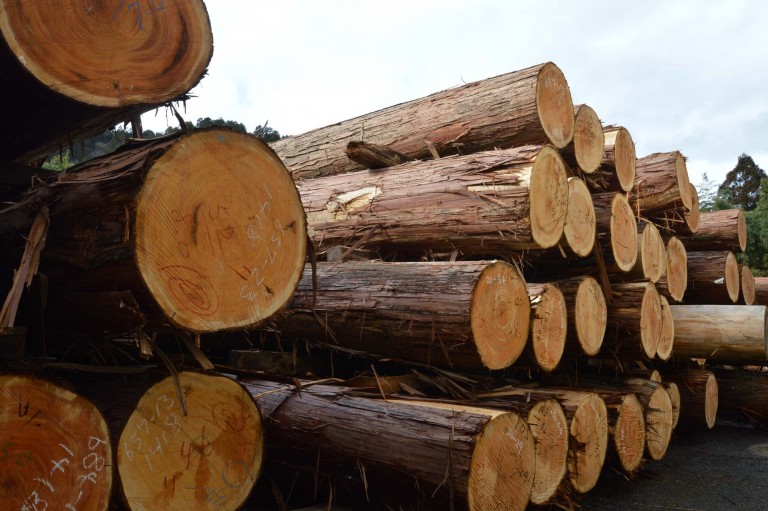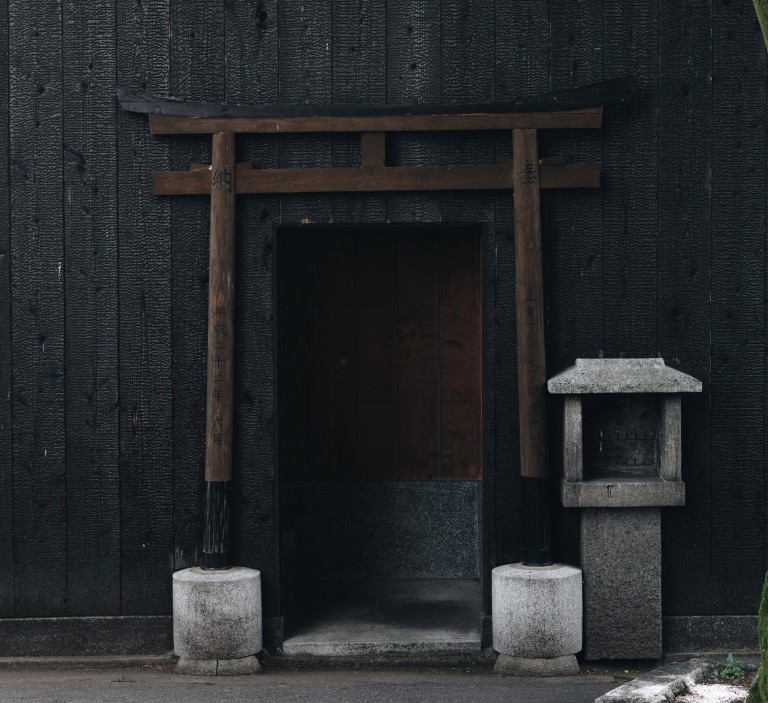
Not all wood is created equal
True Yakisugi can only be created from Japanese Cedar as it has the ideal qualities that charring requires including a pronounced late-wood growth ring which when burnt leaves a substantial longer lasting soot layer and a beautiful and unique finish.
Sugi is a straight grained, fast drying softwood rich in tannin and it is strong. Its these attributes that make it the ideal cladding substrate.
A centuries old practice
Yakisugi was perfected by the Japanese in the 16th century. The words Yaki Sugi derives from the words “Yake” meaning burnt and “Sugi” meaning the species of the timber. Yakisugi can be seen across Japan in buildings and temples as old as 300 years particularly in rural areas.
